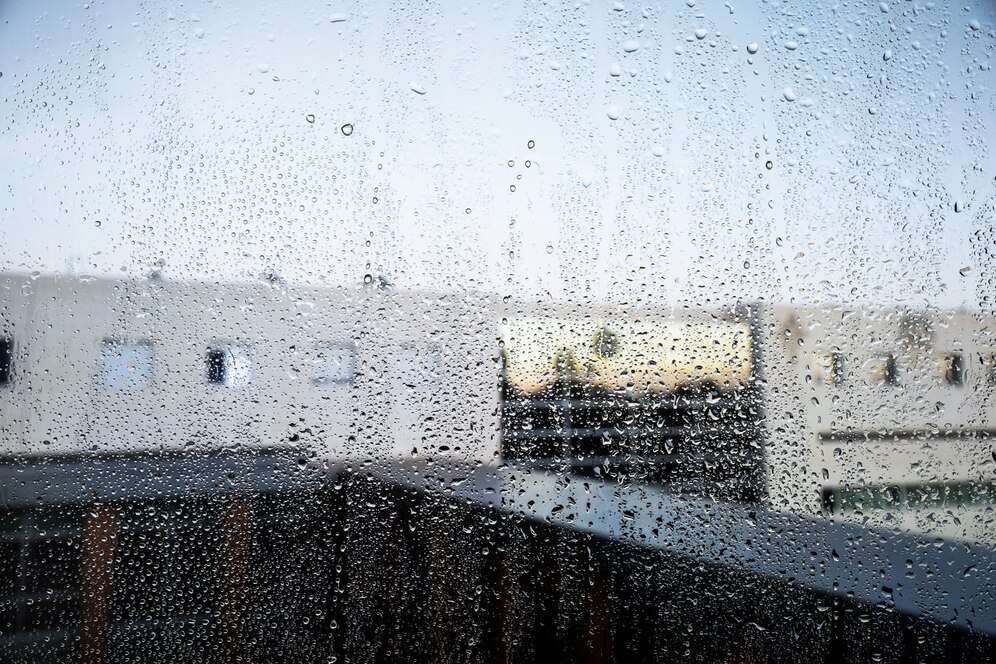Picture a tranquil rainy day when you\’re sheltered beneath an umbrella, feeling confident as the gentle rain falls around you. It\’s easy to think, \”This rain is manageable. Let it pour.\”
However, on blustery days when rain comes at you sideways, an umbrella offers little protection. Despite your efforts, you end up damp, with water seeping through from every angle. Similarly, while a roof shields your home from overhead rain, it\’s not always sufficient to prevent water damage if other factors come into play.
At Experts In Your Home, we see your home\’s roof as just one element in the battle against water damage. In this seventh installment of our home maintenance tips series, we\’ll focus on the exterior of your home. Next time, we\’ll address your home\’s primary shield: the roof.
Grab a notepad and head outdoors to assess any problem areas. Remember, you might not be able to tackle all repairs yourself, but our home maintenance experts are here to assist you.
Exterior Walls and Penetrations
Inspect siding for cracks, broken boards, or visible building paper, and repair any damage. Check for unsealed penetrations from wiring, plumbing, or vents, and seal them with foam or caulk. Repair any exposed wood around penetrations. Replace exhaust vent doors that don\’t seal properly. Look for signs of termite infestation, especially around the foundation and where concrete meets wood. Doors and Windows
Ensure doors fit snugly and locks seal tightly against the frame. Inspect windows for cracks and lubricate operating mechanisms as needed. Repair or replace damaged window flashing and worn weather-stripping. Reseal any gaps with pliable caulk. Check for signs of moisture accumulation around windows, flashing, gutters, and siding. Drainage
Ensure downspouts extend at least 5 feet away from the foundation and use flexible extensions if needed. Survey your property for slopes and low spots that might cause water to pool near your home, and consider regrading or adding soil as necessary. Regularly seal asphalt driveways to prevent cracking and sinking, and repair any cracks or holes in concrete driveways. Trees
Trim branches that could contact your roof or siding, as well as those near gutters and windows. Inspect your septic field for any tree roots that may have infiltrated the drains.
By taking these precautions, you can protect your home\’s exterior from water damage and ensure its longevity and durability for years to come.

